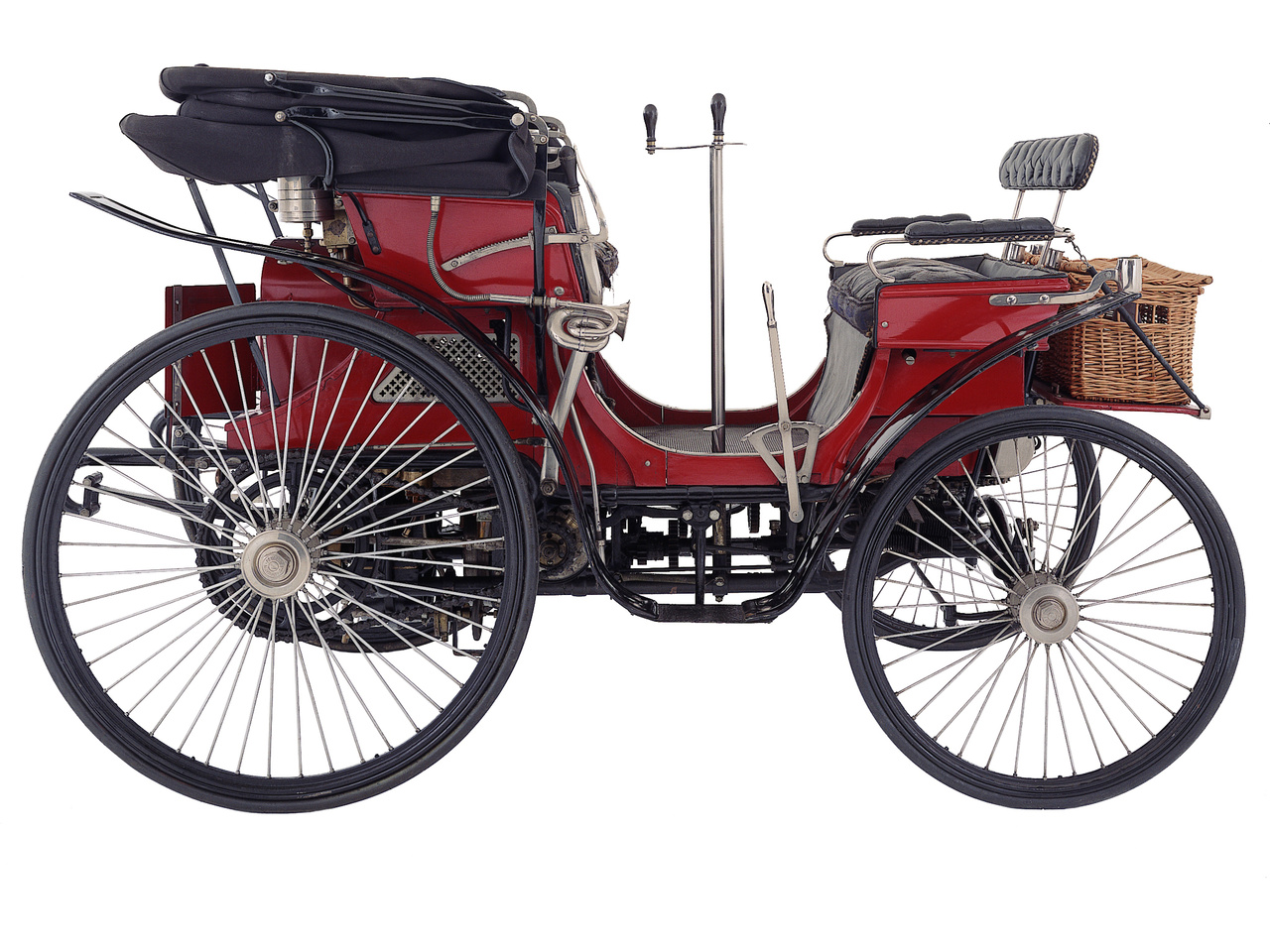Today’s automobiles enjoy a spectrum of innovations we’d rather not need, like safety features, but without those features, we could find ourselves pretty sore (or dead?) in time. The spare tire is one of those details.
The spare, even in its lightest form, still adds weight to one’s automobile, even if it’s out of the way. More weight means more gas, which means more expensive to operate.
Plus, there’s the whole issue using the jack to change a flat tire. Some of us would be better off without the extra weight since we couldn’t change a fast to save our trunks.
If we were gonna cart around spare tires, where would the madness end? Should we have also thrown a differential or a spare block in the trunk? Tow a spare car, perhaps?
It took innovation and the improvement of the automobile before we could see the light on this issue. It took the dawn of a new century, as we shall see in a minute.
The spare tire, while the source of many love-hate relationships, is the smartest and simplest solution to a probable challenge, for which we should all feel gratitude.
Pre-spare

Check out this Peugeot Type 2 from 1894; no spare | urbanoldtimers.com
The earliest cars were void of all luxuries because as we’ve pointed out in the past, they were prototypes or small batch productions. If one owned a car before the turn of the last century, it’s because she was wealthy beyond our wildest dreams.
Like private aircraft today, cars were the playthings of the rich or the creative. Even if one were versed in the best engineering of the day, building a car meant foreign parts and big money.
The first thing on the mind of a car owner was how far would the thing go before breaking down? Flat tires weren’t even possible at first, as the wheels were not inflated. That would come later.
The worst thing that could happen to a pre-20th-century vehicle was inside the motor. A broken wheel? Child’s play.
The Rise of Pneumatics

First car with pneumatic tires | michelin.com
It was the invention of the pneumatic tire which warranted help. The first pneumatics came out in 1945, but they were not even kind of popular at that time.
Compressing air was not common. Even if it were, keeping air compressed was a whole ‘nother wheel of cheese.
It was when bicycles gained popularity in the late 1800s that we saw a surge in the interest of pneumatics. Until that time, car wheels were rubber-coated wagon wheels, not the inflated sort.
In 1898, George Goodyear took a good idea and made it better. He learned how to vulcanize rubber, spawning the Goodyear Tire and Rubber Company. Two years later, Harvey Firestone launched the competition: Firestone Tire & Rubber Company.
The very next day, someone got a flat tire. (That was a history joke.)
Thomas Morris Davies
The first ten years of inflatable tires must have been tough. A flat tire on the road was an increasingly bigger issue as cars became more reliable, traveling further from help.
In the 1890s, it was a long walk home from the country to find a mechanic. It wasn’t until 1904, in Llanelli, Wales, that a man dreamed of spare wheels.
Thomas Morris Davies designed the Stepney Spare Wheel that year. It was a spokeless rim, fitted with a tire which was taller but thinner than the standard tire of the day.
When one had a flat, he would clamp the Stepney Spare on the outside of the offending wheel, then pump it (by hand) with air to drive home. Like many modern spares, it was a temporary fix intended to get one to safety.
Davies and his brother Walter went into business with his idea and cornered the market. By 1910, Stepney Spare Motor Wheel Ltd had agencies in Europe and North America.
The Stepney Spare was a standard on London Taxis for years.
In time, of course, we’ve evolved the spare too many different formats. Some drivers still prefer the full spare, but most cars today offer a smaller version of what’s on the vehicle.
What remains, though, is how the Stepney name resonates in history. In parts of the world, like India, Malta, and Brazil, they still call the spare tire a Stepney. In Brazil, they call it an “estepe.”


